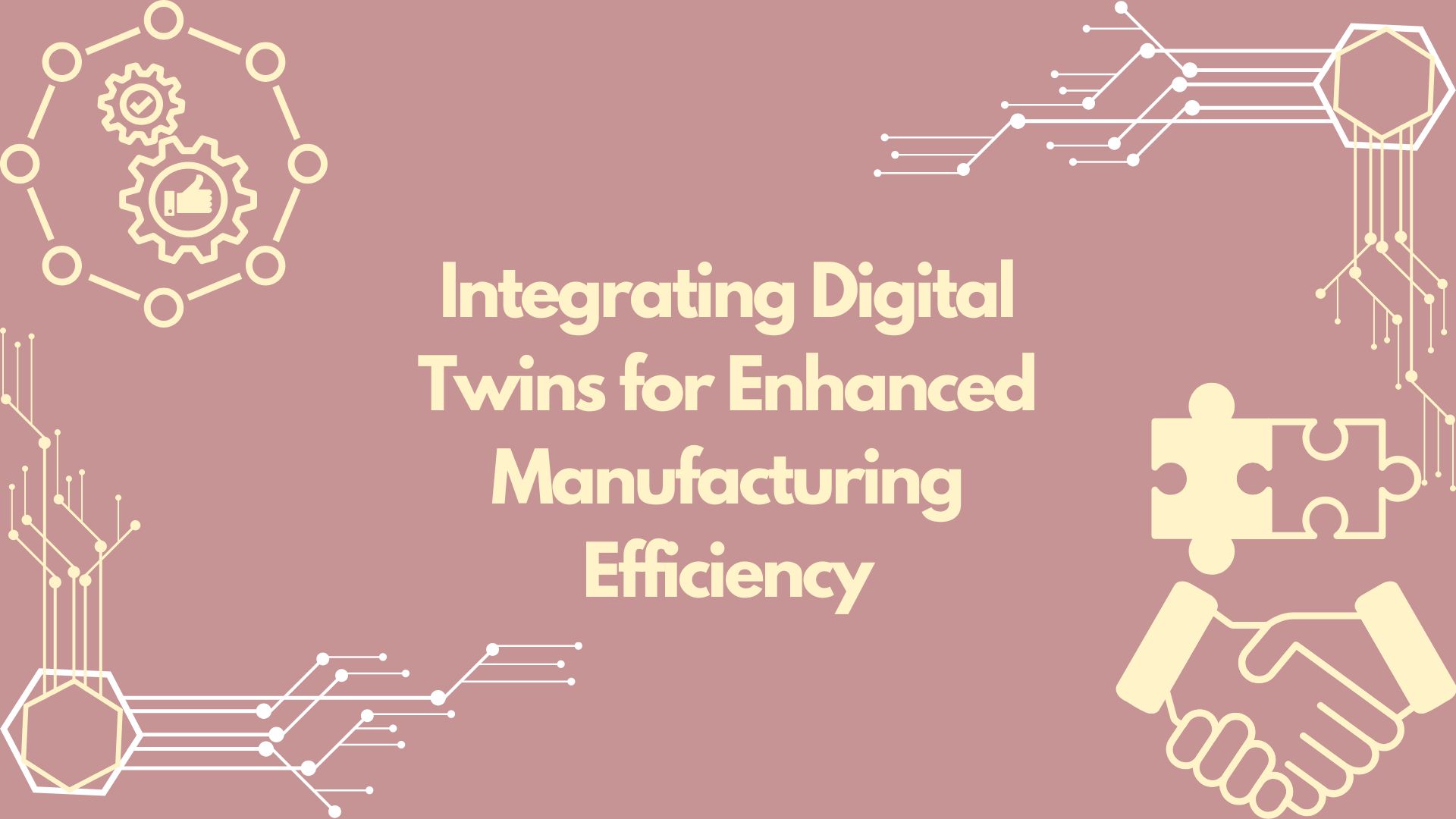Introduction
In the era of digital transformation, the concept of digital twins is revolutionizing the manufacturing industry. By creating virtual replicas of physical assets, processes, or systems, manufacturers can optimize performance, predict maintenance needs, and improve decision-making. This blog explores how digital twins are enhancing manufacturing efficiency and driving innovation.
What are Digital Twins?
Digital twins are virtual models that replicate physical objects or processes in real-time. They integrate data from sensors, IoT devices, and other sources to create a dynamic, digital representation that can be analyzed and manipulated to gain insights and improve performance.
Benefits of Digital Twins in Manufacturing
- Enhanced Monitoring: Real-time monitoring of equipment and processes enables proactive maintenance and reduces downtime.
- Predictive Analytics: Analyzing data from digital twins allows manufacturers to predict and address potential issues before they become critical.
- Optimized Performance: Simulating different scenarios helps optimize processes and improve overall efficiency.
- Improved Decision-Making: Data-driven insights from digital twins support better decision-making and strategic planning.
- Cost Reduction: Reducing downtime, improving efficiency, and preventing failures can lead to significant cost savings.
Implementing Digital Twins
- Identify Key Assets: Determine which assets or processes would benefit most from digital twin technology.
- Data Integration: Ensure seamless integration of data from various sources, such as sensors, IoT devices, and ERP systems.
- Develop Digital Models: Create accurate and detailed digital models of the physical assets or processes.
- Continuous Monitoring: Use real-time data to continuously monitor and update the digital twins.
- Analyze and Optimize: Regularly analyze the data and use insights to optimize performance and improve efficiency.
Case Study: Digital Twin Implementation at [Company Name]
[Company Name], a leading automotive manufacturer, successfully integrated digital twins into their production processes with remarkable results:
- 20% Increase in Efficiency: Real-time monitoring and optimization of production lines improved overall efficiency.
- 30% Reduction in Downtime: Predictive maintenance and proactive issue resolution minimized unexpected downtime.
- Enhanced Quality Control: Simulations and real-time data analysis improved product quality and consistency.
Conclusion
Digital twins are transforming the manufacturing industry by providing a powerful tool for real-time monitoring, predictive maintenance, and performance optimization. By leveraging this innovative technology, manufacturers can enhance efficiency, reduce costs, and stay competitive in an increasingly digital world.









